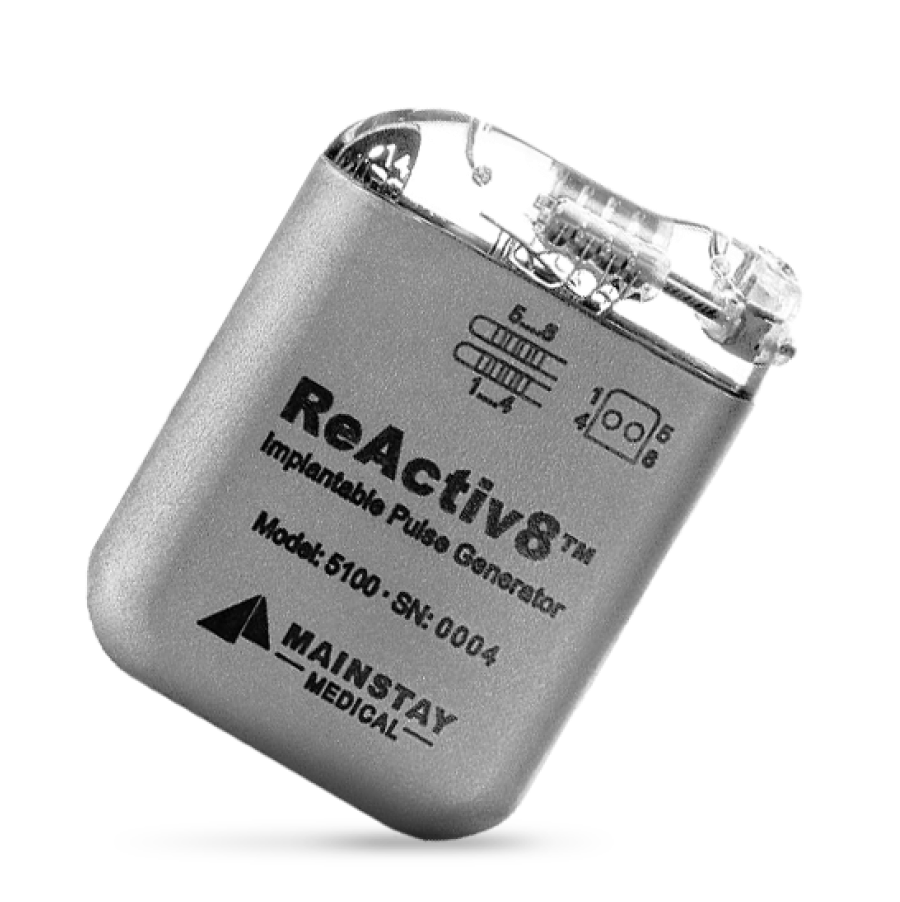Restorative Neurostimulation: A Solution For Chronic Back Pain
With 1 in 10 Australians suffering from back pain, we have seen a massive increase in the number of Emergency Department admissions. In fact, it is in the top five of ED admissions. ReActiv8 – A Restorative Neurostimulation Device aims to help alleviate these conditions.
Chronic Back Pain In Australia
With one in 10 Australians suffering from back pain – we are excited to see the data and the life-changing differences we are making to those that are suffering.
In an Australian-first, a trial of the neurostimulation therapy led by Mainstay Medical, has been released. The three-year clinical data found that our medical device improved back pain for 80 percent of those involved.
The device called ReActiv8 is a Restorative Neurostimulation system that is implanted in the back and generates pulses and stimulation to ease pain.
It comes at a time that the country suffers from severely overstretched Emergency Departments – where back pain presentations sit within the top five ED admissions.
Key Takeways
- 3-year real-world data collected at 5 sites across the UK.
- 42 patients enrolled w/33 completing 3-year follow up.
- No formal inclusion or exclusion criteria enforced outside the IFU and indications of the CE Mark.
- 70% of patients reached the remitter threshold reporting mild to negligible pain (NRS ≤ 3) and 55% improved by more than 15 points on ODI.
- 75% of patients had a substantial or profound improvement in NRS (>50%) and/or ODI (>20 point).
- Patients reported a mean EQ-5D approaching an age matched UK population normal value.
- No lead migrations.
- Response to ReActiv8 consistent with the restorative mechanism of action and published pivotal trial data.
3-Year ReActiv8-B Trial Data Summary
- ReActiv8 provides an effective, durable, and safe treatment option for carefully selected patients with intractable CLBP and multifidus muscle dysfunction.
- Trajectory and durability of clinical benefits are consistent with restoration of neuromuscular control and muscle rehabilitation.
- Restorative neurostimulation does not appear to be susceptible to loss of efficacy. (i.e., decreasing effectiveness over time)
- The safety profile of the therapy remained favorable compared to available implantable neurostimulators for the treatment of other types of back pain.
- An increasing proportion of participants are eliminating or decreasing opioidconsumption.
